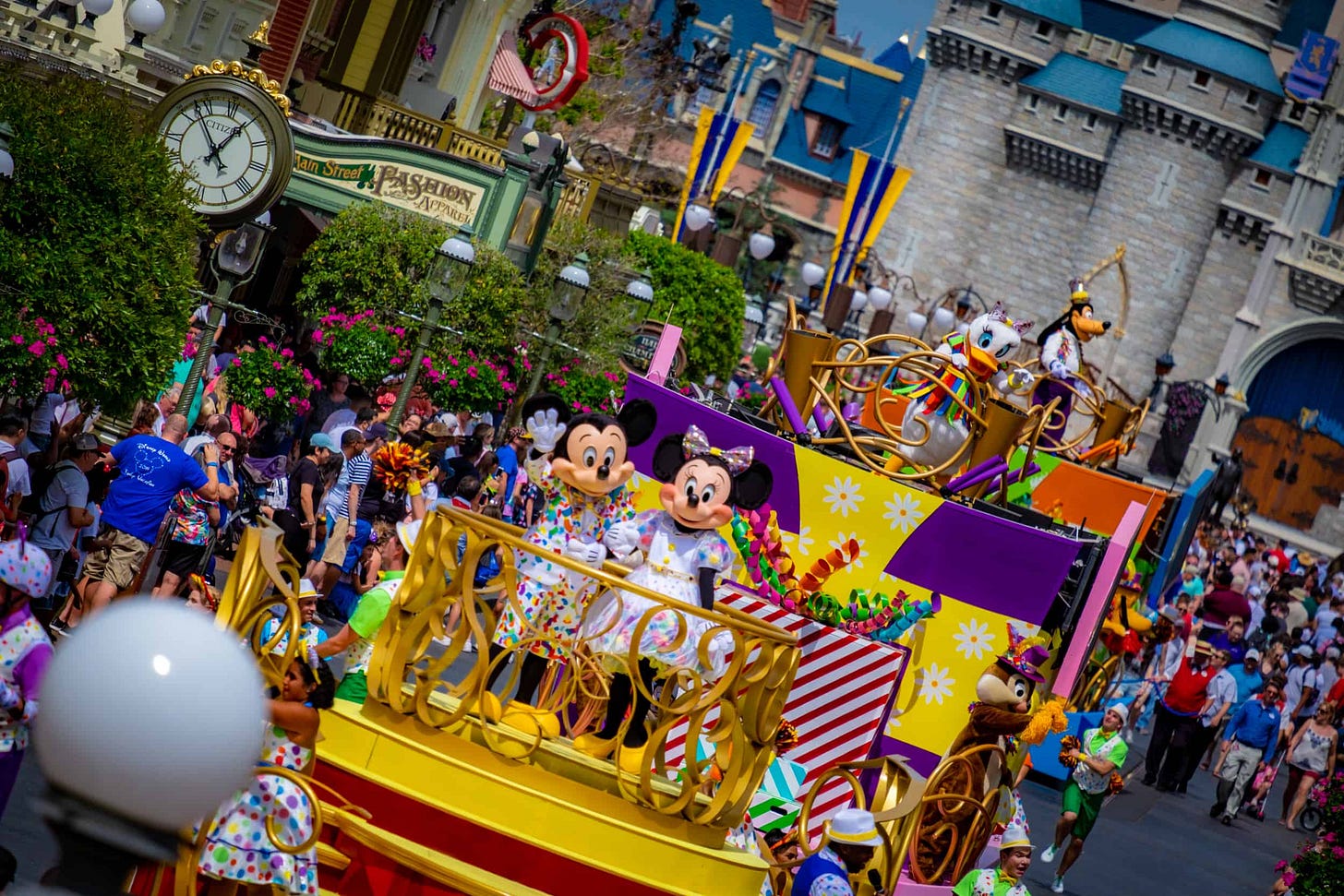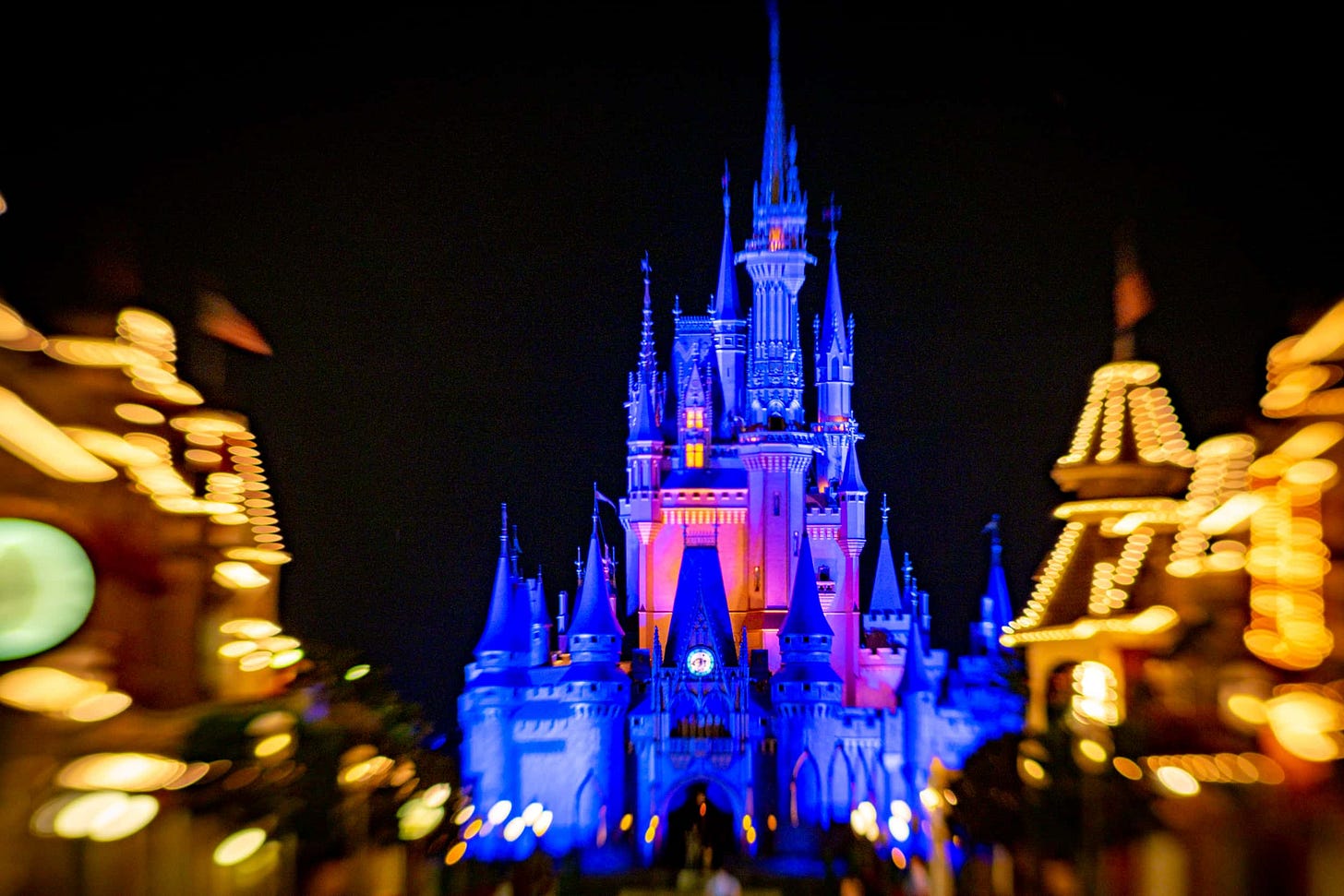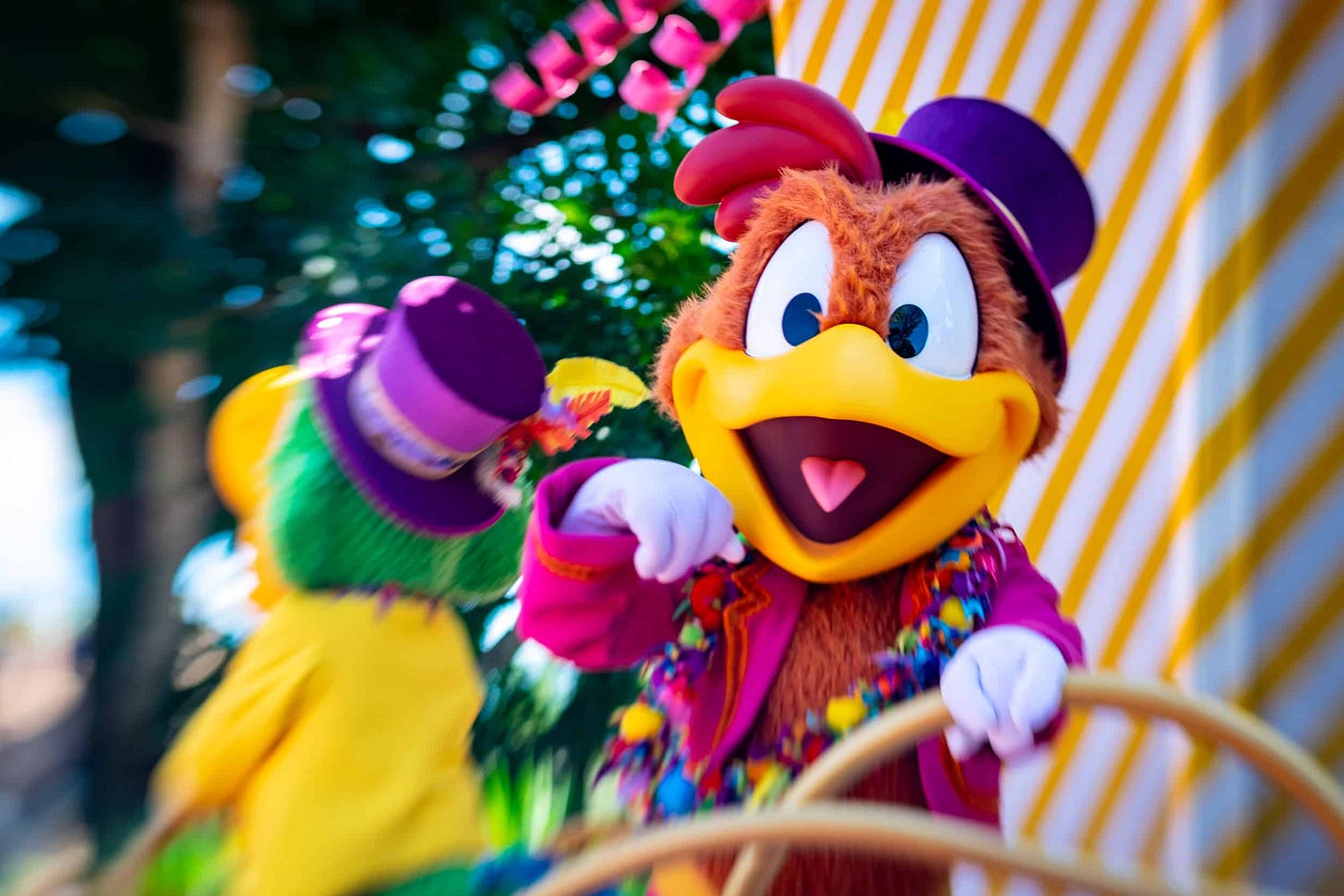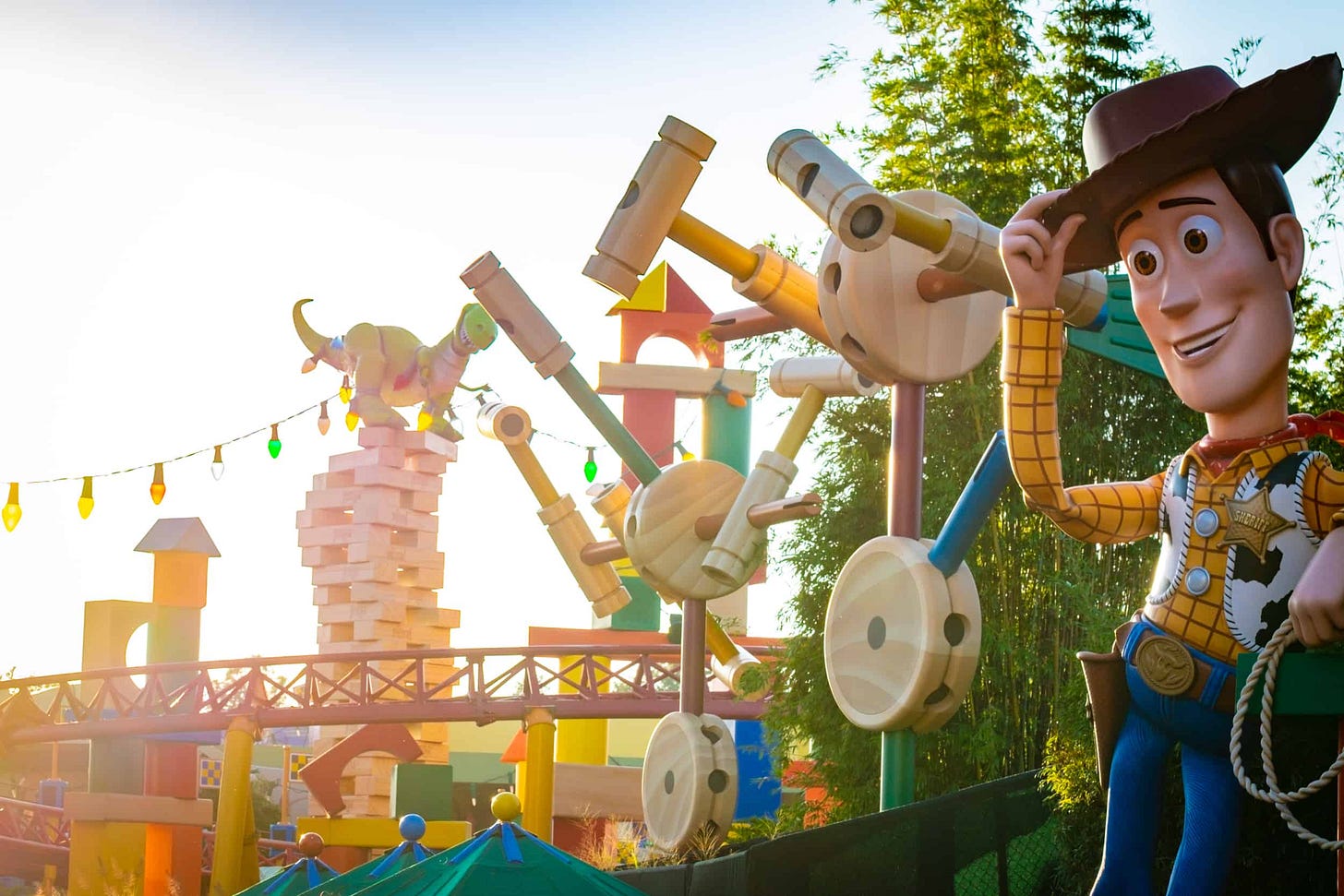Disney World’s escalating costs have fueled a “Buy Nothing” trend where guests share free items like meal credits and strollers via Facebook groups, as detailed in a Washington Post article from October 20, 2025, raising the question of whether a visit without extra spending is truly possible. With ticket prices topping $209 per day and add-ons like line skips adding hundreds more, families are leveraging these gift economies to make trips feasible. This article explores the Post’s findings, assesses the practicality of a no-spend day, delves into the affordability crisis hitting the middle class, breaks down 2025 costs, and shares expanded tips for cutting expenses.
Here’s the TL;DR...
The Washington Post uncovers Disney World’s “Buy Nothing” Facebook groups, where guests gift dining credits, mugs, and strollers to combat high costs.
Participants share items to save money and spread joy, amid ticket prices ranging from $119 to $209 and upcharges inflating budgets.
A no-buy day is doable with a ticket, focusing on free parades and atmosphere, but food and line skips challenge restraint.
Disney has grown unaffordable for many middle-class families, with trips costing 10-15% of median income, per recent analyses.
Cost-cutting tips include off-peak visits, packing food, using discounts, and payment plans to stretch dollars.
What’s the Washington Post Saying About Disney’s Gift Economy?
The Washington Post article, “A Disney World hack for free stuff? ‘Buy Nothing’ groups,” reveals how hotel-specific Facebook groups serve as platforms for Disney guests to exchange unused items without cost. Guests share leftover dining credits, mugs, snacks, and strollers in a communal effort to help others save money while reducing waste. The Post notes that family spending has increased 25 percent since 2020, motivating this trend to offset expenses and foster generosity.
Why Is the ‘Buy Nothing’ Trend Gaining Traction?
The Post connects this movement to Disney’s ongoing price increases, with one-day tickets now at $119 for off-peak Animal Kingdom days up to $209 for Magic Kingdom peaks, following $5-$10 hikes in October 2025. A family of four could face $5,000 for a week-long package, not including flights or $15-$25 Lightning Lane passes for shorter waits. Travel experts describe it as a “secret club” combining thrift with Disney’s sense of community.
This gift economy also addresses environmental concerns by reusing items like popcorn buckets instead of discarding them. The Post cautions about potential scams and Disney’s policy on unattended items, advising public exchanges for safety. Overall, it positions the trend as a subtle resistance to Disney’s emphasis on add-ons, allowing guests to enjoy the parks through shared generosity in a high-priced setting.
Can You Really Visit Disney World Without Extra Spending?
Entering with just a ticket opens up free experiences like parades, fireworks, character interactions, and exploring themed areas such as Tomorrowland or Pandora. Packing your own snacks and refilling water bottles at no-cost stations avoids $15 quick-service meals or $20 souvenir mugs. The Post illustrates how “Buy Nothing” groups enhance this by providing free dining credits or strollers, potentially saving $50-$100 per day.
Challenges persist, though. Popular rides often exceed 90-minute waits without $10-$25 Lightning Lane purchases, and the park’s layout promotes buys like $5 glow sticks during shows. After extensive walking—averaging 10 miles daily—hunger can lead to unplanned spending. The article’s examples indicate a mixed strategy, using group freebies alongside personal prep, yields better results than strict no-spending, as fatigue erodes discipline.
How Unaffordable Has Disney World Become for the Middle Class?
Disney World’s pricing model has increasingly sidelined middle-class families, with a typical week-long trip for a family of four now costing $6,000-$10,000, representing 10-15 percent of the U.S. median household income of about $75,000 in 2025. A New York Times opinion piece from August 2025 argues Disney, like many companies, is abandoning the middle class by focusing on premium experiences for the affluent. This shift includes multi-tiered access where higher spending means better perks, such as $400 Lightning Lane Premier Passes for unlimited skips.
Inflation plays a role, but Disney’s “addiction to price hikes” has outpaced general increases, with tickets rising 22 percent over the last decade while median wages grew only 15 percent. A Yahoo Finance article outlines three key reasons: overall inflation, escalating ticket prices (from $3.50 in 1971, adjusted to $27 today, to current highs), and pay-to-play features like Genie+ that add $15-$35 daily per person.
Analysts note Disney now caters to the top 5-10 percent of earners, not the broader 20 percent. A Touring Plans analysis calculates that even a basic two-day trip costs $264 per adult, but full vacations with hotels and food push beyond what many middle-income households can justify annually. The Street reports this stratification mirrors broader U.S. trends, where equal access gives way to tiered experiences favoring wealthier guests.
Public sentiment reflects this squeeze, with fans on Disney Tourist Blog complaining the parks are “pricing out the middle class” and prioritizing the wealthy. Aaron Renn’s piece calls it the “end of the middle-class Magic Kingdom,” noting how once-accessible vacations now feel exclusive, contributing to attendance dips in mid-tier demographics. Disney defends the model as offering options for various budgets, but critics argue promotions like free kids’ dining barely offset the baseline hikes.
Disney World’s 2025 Costs: A Wallet-Draining Reality
Single-day tickets range from $119 at Animal Kingdom on slow days to $209 at Magic Kingdom during peaks, after October 2025 adjustments. Multi-day tickets drop to $87-$97 per day, but Park Hopper add-ons increase fees further. Parking is $30 daily, and value resorts start at $150 per night, with deluxe properties reaching $500 or more.
Lightning Lane options begin at $15 for multi-passes, $10-$25 for individual rides, and $400 for the premium unlimited version. Meals cost $15-$20 for basics, $60-plus for character dining. Annual passes climbed too, with the Incredi-Pass at $1,379 for renewals. Flights and gas add hundreds, making a family trip easily exceed $1,200 in entry alone.
Over 10 years, these increases—22 percent for tickets—have widened the gap with stagnant wages, fueling online debates about boycotts. Despite this, demand persists, with resorts booked far in advance.
Expanded Tips for a Low-Spend or No-Spend Disney Day
Join “Buy Nothing” groups for your resort ahead of time—active ones like those for Pop Century often feature free mugs, credits, or ponchos. Pack a backpack with non-perishable snacks, sandwiches, and reusable water bottles, as parks allow food (no glass or alcohol) to skip $15 meals. Arrive early to nab shorter lines for free rides and prioritize no-cost entertainment like Festival of the Lion King or street performers.
Use the free My Disney Experience app to monitor wait times and plan efficiently. Opt for off-peak visits in September or January for lower ticket prices—$10-$50 savings per day—and fewer crowds, reducing the need for paid skips. Stay off-site in vacation rentals or budget hotels to save $100-$300 nightly compared to Disney properties, and use free shuttle services or rideshares to avoid $30 parking.
Book through a Disney-authorized travel agent for exclusive deals, like up to 35% off hotel-ticket packages, and check official specials such as 30% off rooms for annual passholders through November 2025. Use payment plans: a $200 deposit secures a vacation package, with the balance paid over time. Bring your own stroller or ponchos to dodge $15-$20 rentals, and share refillable popcorn buckets ($13 initial, $2 refills) among your group.
Avoid upcharge events like after-hours parties unless they replace a full park day, and stick to free Genie planning instead of paid Genie+. Set a budget with Disney gift cards—load a fixed amount to curb spending—and use cash for souvenirs to track outflows better than credit. Look for bounceback offers during your stay for future discounts, and consider split stays: start at a deluxe resort for perks like free water park access, then switch to value. Finally, follow expert advice from YouTube channels like DFB Guide for 2025-specific hacks, such as timing meals around free samples or using rewards credit cards for Disney points.
The Bigger Picture: Affordability, Community, and the Future
The Washington Post’s coverage shows how guests are building community through sharing, countering a system where Disney’s hikes—justified for new attractions—often exclude average families. This grassroots effort highlights broader economic divides, where middle-class access to once-democratic experiences like Disney wanes.
A no-spend or low-spend day remains realistic with discipline, group support, and the tips above, shifting emphasis from purchases to the park’s inherent wonder. As prices continue upward, trends like “Buy Nothing” and savvy planning could become staples, ensuring the magic endures for more than just the elite. It’s a call to creativity, proving memorable trips stem from connections and strategy, not endless spending.
Hat Tips
Washington Post, “A Disney World hack for free stuff? ‘Buy Nothing’ groups,” October 20, 2025
Disney World official site for ticket details
Disney Tourist Blog on 2025-2026 price increases, October 8, 2025
BlogMickey on theme park ticket raises, October 8, 2025
WDW Prep School on 2025-2026 price increases, October 8, 2025
New York Times on Disney and middle class decline, August 28, 2025
Reddit discussion on Disney and middle class, August 28, 2025
Yahoo Finance on reasons Disney unaffordable, August 23, 2025
Aaron Renn on end of middle-class Magic Kingdom, September 9, 2025
Article Compiled and Edited by Ivy Adams on October 20, 2025 for Pirates and Princesses.





